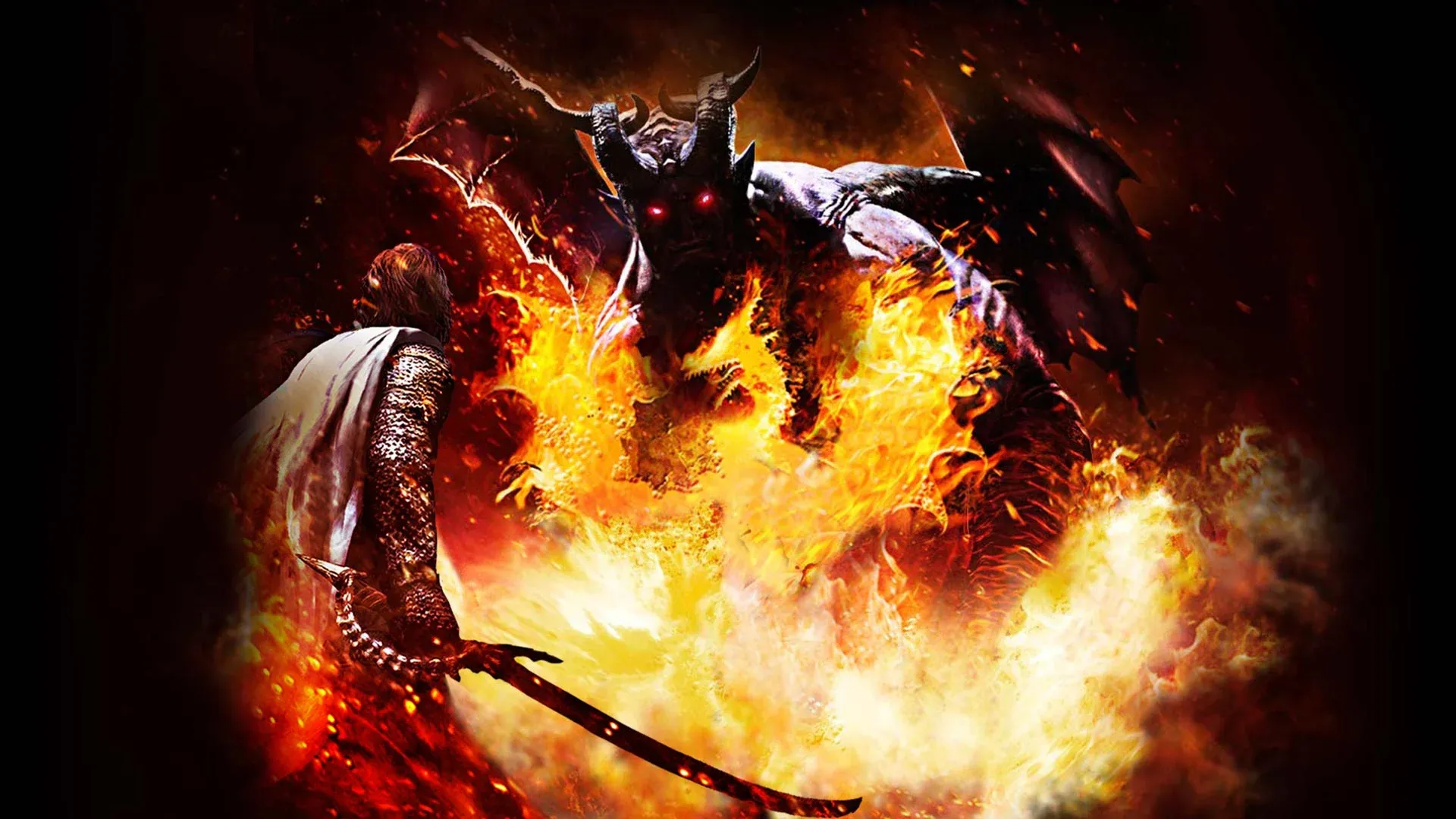Dragon’s Dogma Deserves More Attention
Creative approaches to the RPG genre make this game worth playing

Dragon’s Dogma might not have a lot of dragon-slaying action in it, but it more than made up for it with its riveting combat, deep class system, and engaging Pawn mechanic.
It has been 9 years since its original release on Xbox 360 and PlayStation 3. The game may have looked outdated by today’s graphical standards as does its relatively short main story, but many of its supporting mechanics helped the game hold its ground in the action RPG genre to this day.
Even in its opening hours, the game started strong with its character creation section. The player is spoiled with dozens of personalized avatar options including hairstyles, facial features, body traits (which includes a comprehensive height and weight system), and voices. The all-inclusive character creation also extends to the creation of the player character’s (dubbed ‘The Arisen’ in-game and henceforth in this article) main Pawn, which benefits the game’s Pawn system greatly.
Then comes the first large monster encounter of the game: the cyclops. This is where the game’s exhilarating combat comes in thanks to the inclusion of a simple feature called the grapple feature. This feature allows The Arisen (and their pawns) to grab hold on the bodies of the game’s bigger enemies with a push of a button to deal damage on particular parts of their body.
The feature significantly enhances the combat experience of the game. It makes fighting large enemies less of a button-mashing section found in other RPGs where players end up statically flailing their weapons wildly against the monster’s legs unable to reach their weak points.
However, thanks to the grapple feature in Dragon’s Dogma, The Arisen and their Pawns are able to bring the monster down with well-placed strikes on their weak points. This gives a sense of agency and involvement when it comes to in-game combat.

Combat in Dragon’s Dogma is also bolstered with the game’s vocation system, which essentially translates to class system found in other RPGs. While not as liberating as Skyrim’s perk system, each of the vocations available to The Arisen offer peerless depth and greatly differ from one another.
While each of the vocations are assigned to a specific set of weaponry (e.g. the Warrior class can only wield a two-handed longsword or warhammer), The Arisen gains access to dozens of powerful moves or spells for each of the weapons as they progress through the vocations. Each weapon moves are distinctive from one another, providing much-needed layers to the game’s combat system.
In addition to the weapon-specific moves or spells, the game’s vocation system also comes with core skills, which are exclusive to a vocation, and augments, which are interchangeable between different vocations. Experimenting between augments further enhances the role-playing experience Dragon’s Dogma, as most augments are well-balanced between vocations; they provide meaningful boosts that made sense for their vocation without being too situational to be applicable to other vocations.
But good is an Arisen for without their Pawns? Pawns serve as The Arisen’s companions through their journey in the land of Gransys and comes in two forms: a permanent Pawn created with the aforementioned character creation screen at the start of the game and two supporting Pawns that The Arisen can change as the game progresses.
Recruiting Pawn is a unique process in of itself. Instead of a quest to recruit the Pawns, The Arisen can recruit Pawns through a pocket dimension where they can encounter other Pawns created by other Arisens, i.e. players, that can be recruited with a special (not premium) currency known as Rift Crystals.
Let’s start with the main permanent Pawn. While Dragon’s Dogma takes simple steps to ensure players care for their main Pawn, it can be argued that those steps are effective. The fact that the main Pawn is created by the player is a good enough reason: the main Pawn is not randomly generated or selected from a palette of preset character models, they are handcrafted by the players sharing the same character creation screen with The Arisen.
The main Pawn also enjoys the same level of customization as The Arisen with players being able to change their vocation and their equipment loadout, in addition to being able to progress and level up in a pace similar to The Arisen. In a way, the main Pawn felt like an extension of The Arisen and their personality (as The Arisen is a mute save for battle grunts), even if the main Pawn is strictly a non-playable character.
That does not mean the ‘expendable’ supporting Pawns are useless, however. Combination of The Arisen’s main Pawn and supporting Pawns serve as Dragon’s Dogma’s own version of party management, a mechanic found in RPGs such as the Dragon Age series.

Party (or rather, Pawn) management in Dragon’s Dogma can be as important as The Arisen’s skill management; would The Arisen rather have a well-balanced party that nullifies their weaknesses, or would The Arisen prefer a uniform party that amplifies their strengths? These considerations further add into Dragon’s Dogma’s sophisticated — but well-oiled — gameplay machination.
It is also worth noting that Pawns, be it main or supportive, also serve as The Arisen’s main source of field information when adventuring in the open world. They can provide not just idle comments on their surroundings, but also insights on areas, enemies or even quests.
A well-traveled Pawn can provide more than suggestions on how to complete a quest, they can lead The Arisen directly to the quest objective The Arisen otherwise would not have found in their first quest encounter. Such is the power of a Pawn in Dragon’s Dogma, and it all depends on the experience the Pawn has had with their previous masters.
Even if the supporting Pawns are not as loyal as The Arisen’s main pawn, they still incredibly useful in their own right. The main Pawn’s loyalty however, cannot be denied as they stay by The Arisen’s side even during the game’s harrowing endgame.
Speaking of endgame, Dragon’s Dogma somehow manages to promote multiple playthroughs beyond the game’s final cutscene. If players choose to play on the same save file after achieving the ‘true’ ending, they will instead start a new Arisen adventure, new character and all, while still retaining the previous Arisen’s level, equipment, inventory, and vocation progressions. The same goes for the new main Pawn created by the player; once created, the Pawn will default to The Arisen’s level at the time.
Despite all that, the previously played Arisen did not get ditched altogether; they still serve, shall I say, a higher purpose in the new Arisen’s adventure. This sense of continuity benefits Dragon’s Dogma in the sense that even though the main campaign is relatively short, it has high replayability.
In conclusion, Dragon’s Dogma might seem like a cookie-cutter dragon-slaying simulator at first glance, but a dive into the game’s intricacies reveal creative and fresh approaches to the RPG genre that still holds up today.
So where is that sequel, Capcom? Game director Hideaki Itsuno (who is responsible for almost all Devil May Cry games) has toyed with the idea of developing a Dragon’s Dogma sequel. In fact, he considered developing a sequel to Dragon’s Dogma before deciding to make Devil May Cry 5 instead.
Now that we know Devil May Cry 5 turned out well (and deservedly so), allow me to ask this question again: where is that sequel, Capcom?
